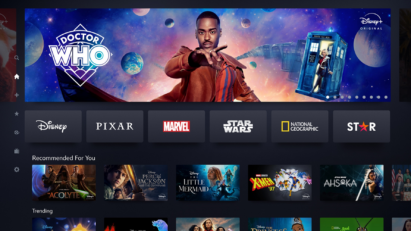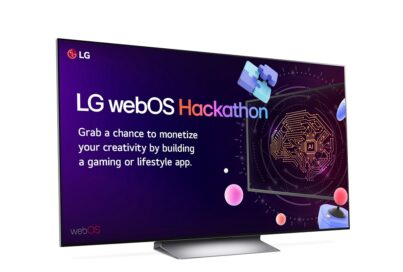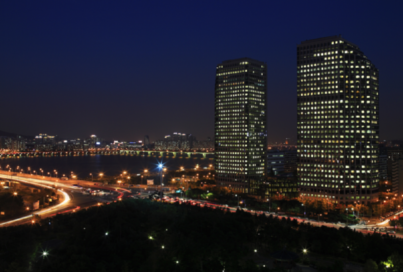[On the Job] Lifegraphy, Turning Data into Innovative Products for Real People
In this installment of On the Job, we go inside LG Experience Informatics (EI) Task to look at how LG leverages data analysis to uncover hidden needs and create personalized customer experiences that improve everyday life
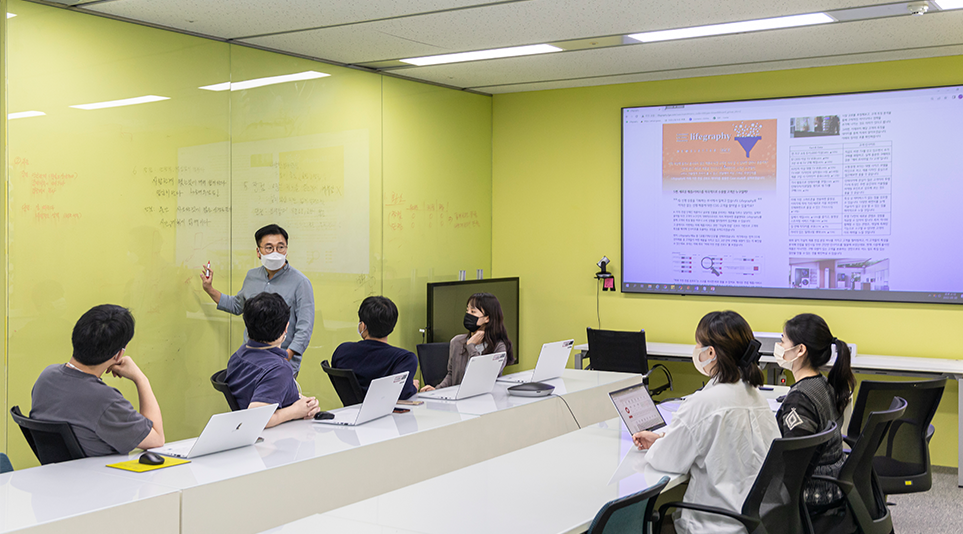
Hyper personalization is the new must. In this era, consumers are much more evolved in terms of their engagement with brands and are seeking products that can adapt to their individual needs and offer user experiences that suit their unique preferences and lifestyles. With LG Object Collection, which presents a range of chic, customizable living solutions that can elevate any home décor, and LG ThinQ UP Appliances, which allow users to select and add convenient, new features and functions, LG is at the forefront of the personalized appliance trend.
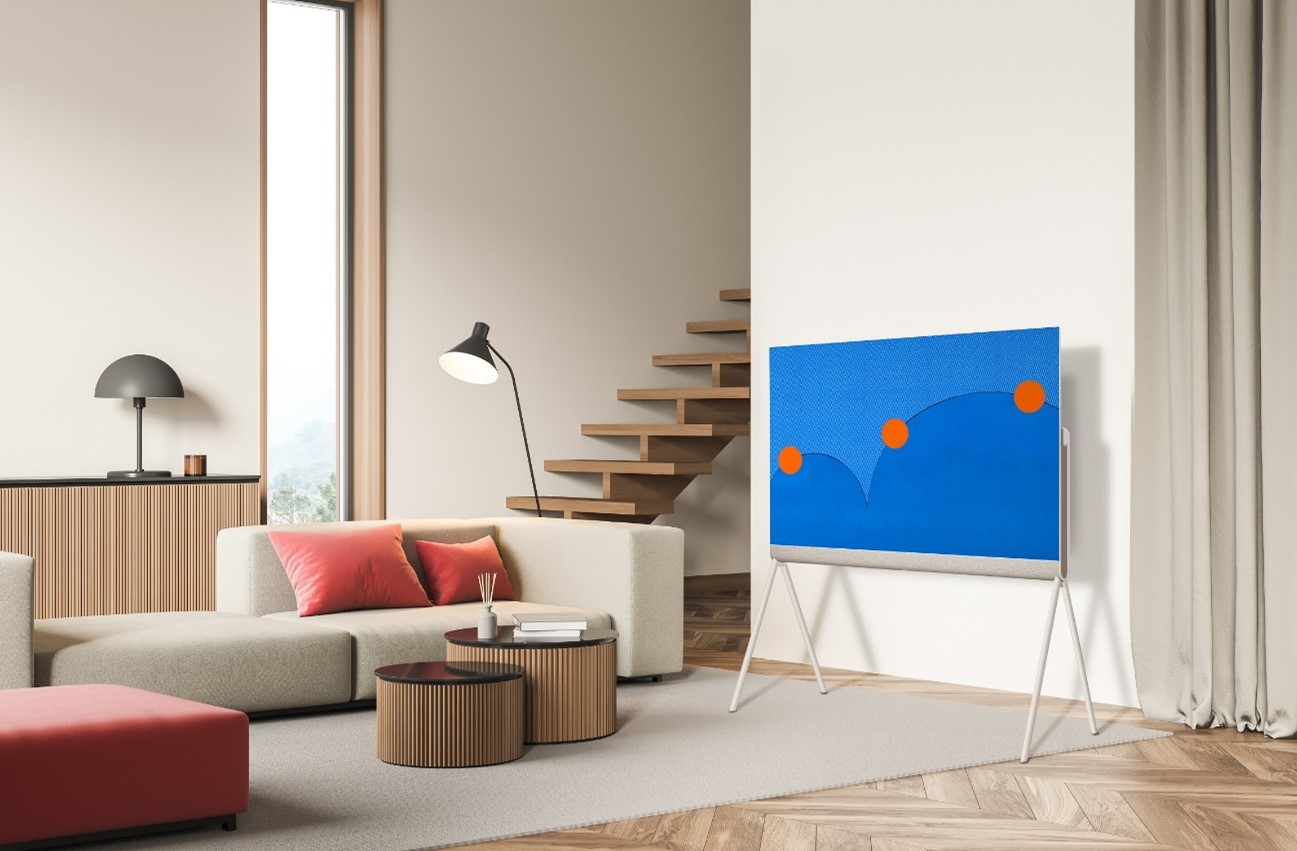
When creating personalized products or services, it is crucial to first discover customers’ unvoiced needs – and this is where data collection and analysis are so important for a lifestyle innovator like LG. To enhance its capabilities and efficiency in this area, the company established Experience Informatics (EI) Task, a dedicated unit that uses large-scale quantitative analysis to thoroughly assess a diverse range of customer experience data. EI Task is enabling LG to better predict future purchasing intentions and gain greater insight into the lifestyles and needs of its customers.
Recently, EI Task received a significant boost to its operations with the introduction of the Lifegraphy system which provides customer insights through customer-centric data structures and interpretation algorithms developed based on years of customer research experiences. Lifegraphy enables its users to comprehend customer experiences from multiple angles and flexibly explore customer needs by converting abstract concepts, including customer values and lifestyle, into numerical data.
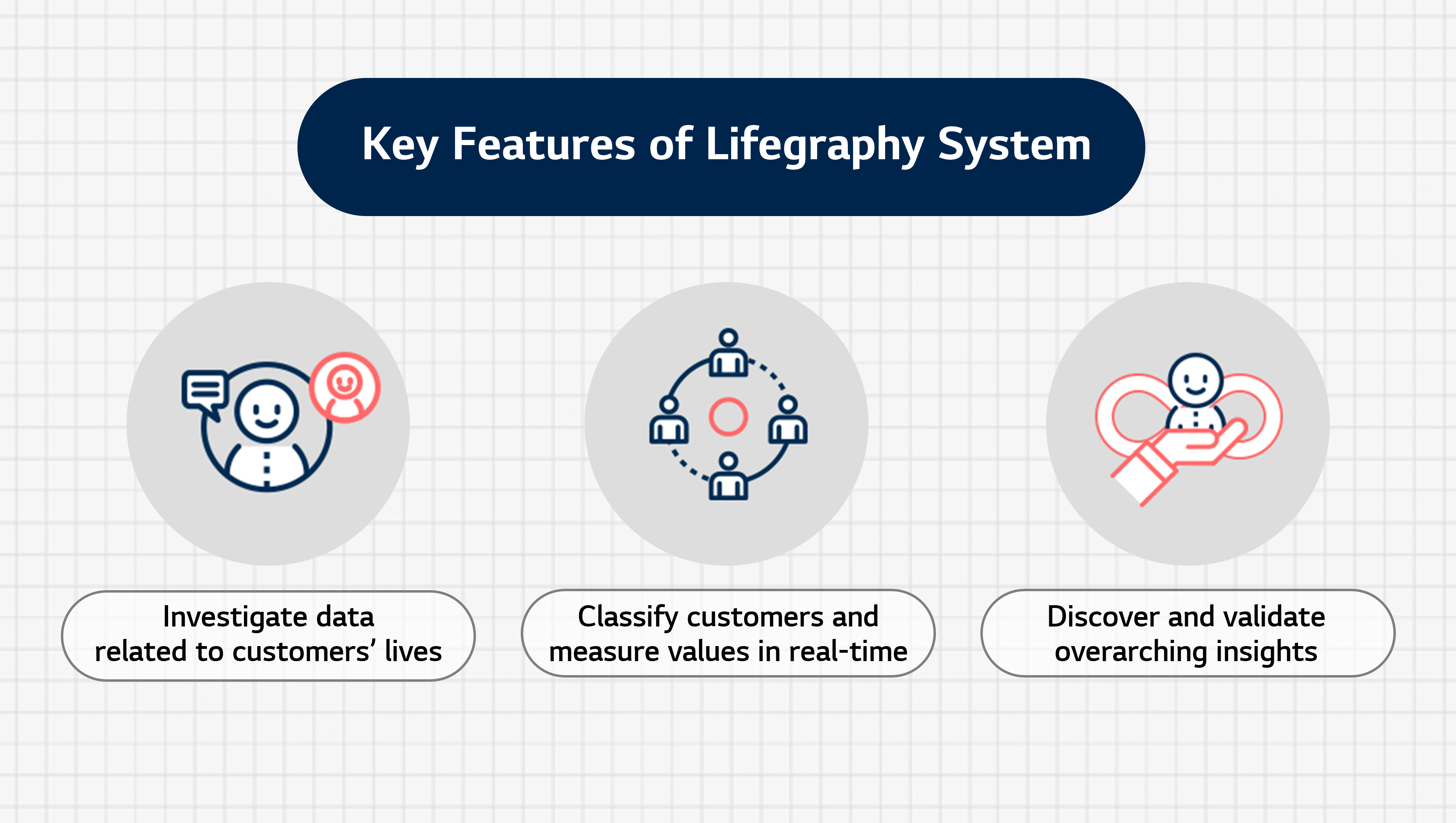
Before the invention of Lifegraphy, the task of understanding customers and uncovering what they really want was handled by LG personnel proficient in data analysis and statistics. Unfortunately, the considerable time and effort required to complete their research made it difficult to keep up with fast-changing industry trends and customer tastes. Moreover, challenges in sharing and interpreting data collected by different divisions and projects brought further inefficiency to the overall process.
But now, thanks to the advent of the Lifegraphy system, any business unit or group within LG can accurately analyze customer data without requiring an expert team of analysts or statisticians to do so. As such, they can establish the initial design and marketing direction for new products much faster than before, meaning a shorter development period and more precise targeting of specific consumer segments. Another advantage of Lifegraphy is that, because it lessens the impact of personal opinions, the results it provides are more objective and, therefore, more reliable.
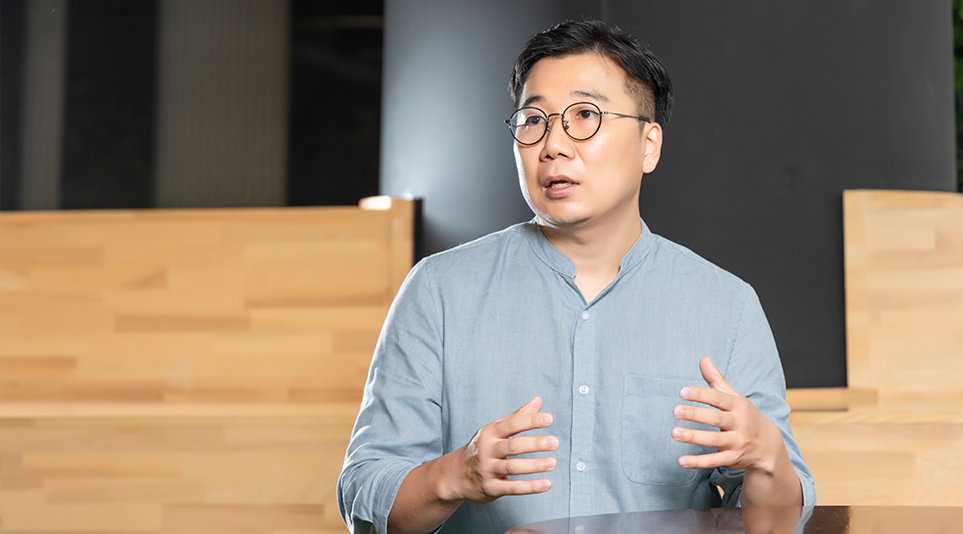
Lee Kun-woo, lead of LG EI Task
“The Lifegraphy system was designed based on a belief that, if data collected from extensive research become a tool and was used continuously by many people, it would contribute to developing products and services that offer better customer experiences,” said Lee Kun-woo, lead of EI Task.
Many experts involved in creating this efficient system faced numerous challenges and obstacles along the way. The biggest problem to solve was how to visually express the digitized, abstract concepts the system delivers in a way that any employee could easily understand.
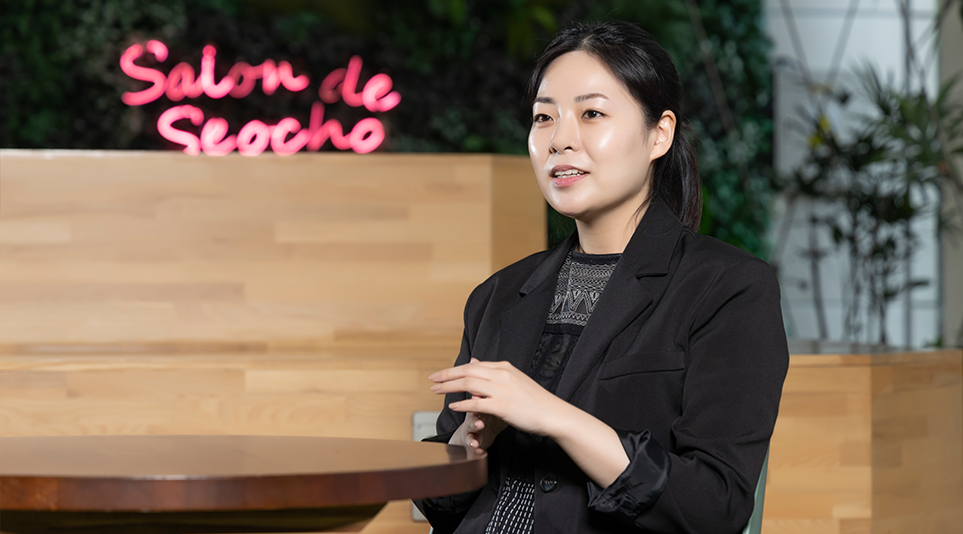
Noh Eun-young, a specialist at LG EI Task
“There were people who insisted on providing the collected data as-is, but we spent much time and effort to persuade and explain to them the importance of presenting data in a way that actually helps LG employees understand target customers,” said Noh Eun-young, a specialist at LG EI Task. “No matter how much data we have, it is meaningless if we cannot interpret it accurately, and that’s exactly what Lifegraphy helps us do.”
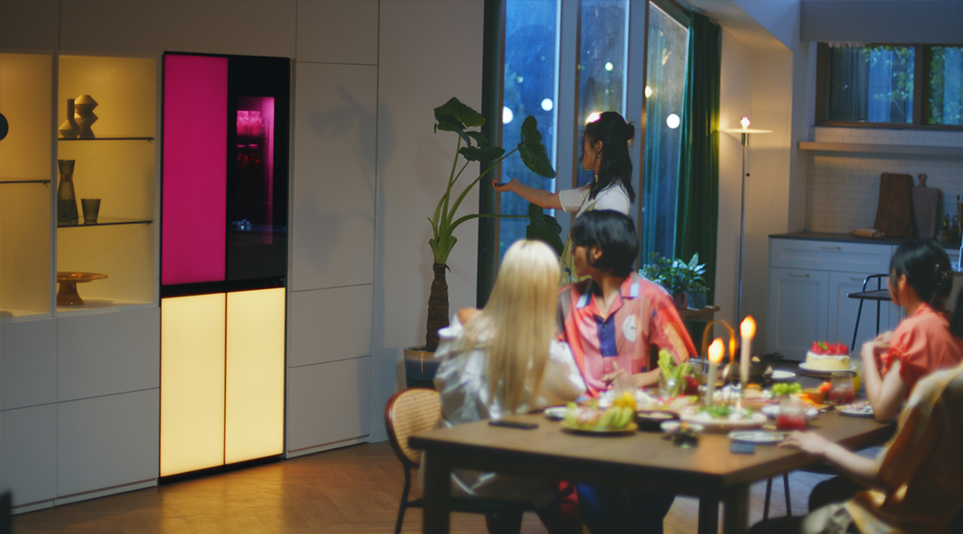
LG’s newly introduced MoodUP™ refrigerator is an example of a successful product conceived with assistance from the Lifegraphy system and perfected by the talented designers at LG. The refrigerator boasts LED doors that can change color to match users’ moods or preferred decorating palettes – without the cost and hassle of having to physically replace the actual panels. Through the LG ThinQ™ app, users can choose from 22 colors for the upper door panel and 19 colors for the lower, and instantly apply their new selection whenever the mood takes them.
Thanks to the convenient, effective Lifegraphy system and the endeavors of those who designed and use it, LG is bringing exciting, new innovations to the home appliance space and taking the personalized customer experience to a whole new level.
# # #
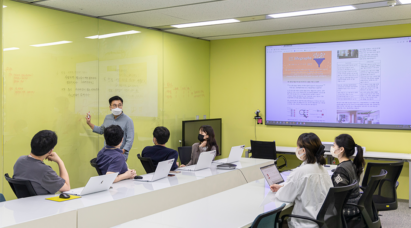
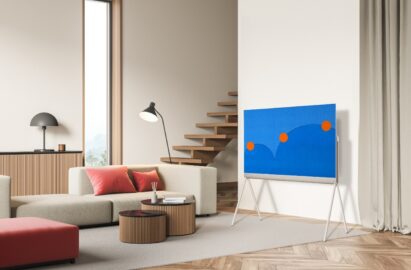
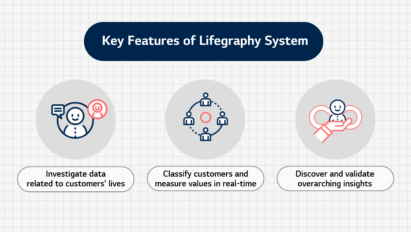
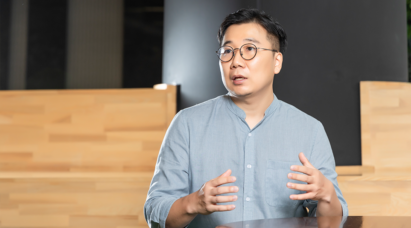
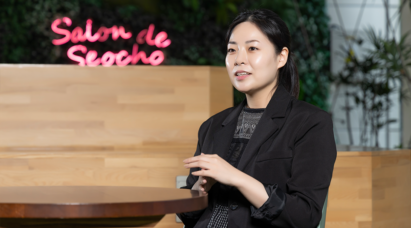
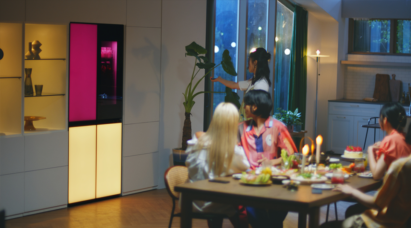
![[On the Job] Fun at Home is on Tap with LG HomeBrew](https://www.lgnewsroom.com/wp-content/uploads/2022/10/LG-HomeBrew_fi1-402x272.png)
![[On the Job] The Lab Where Clean Air is Made](https://www.lgnewsroom.com/wp-content/uploads/2021/09/Air-Science-Research-402x272.png)
![[On the Job] 6G: Hype or Hope?](https://www.lgnewsroom.com/wp-content/uploads/2021/09/6G_FI-403x272.png)
